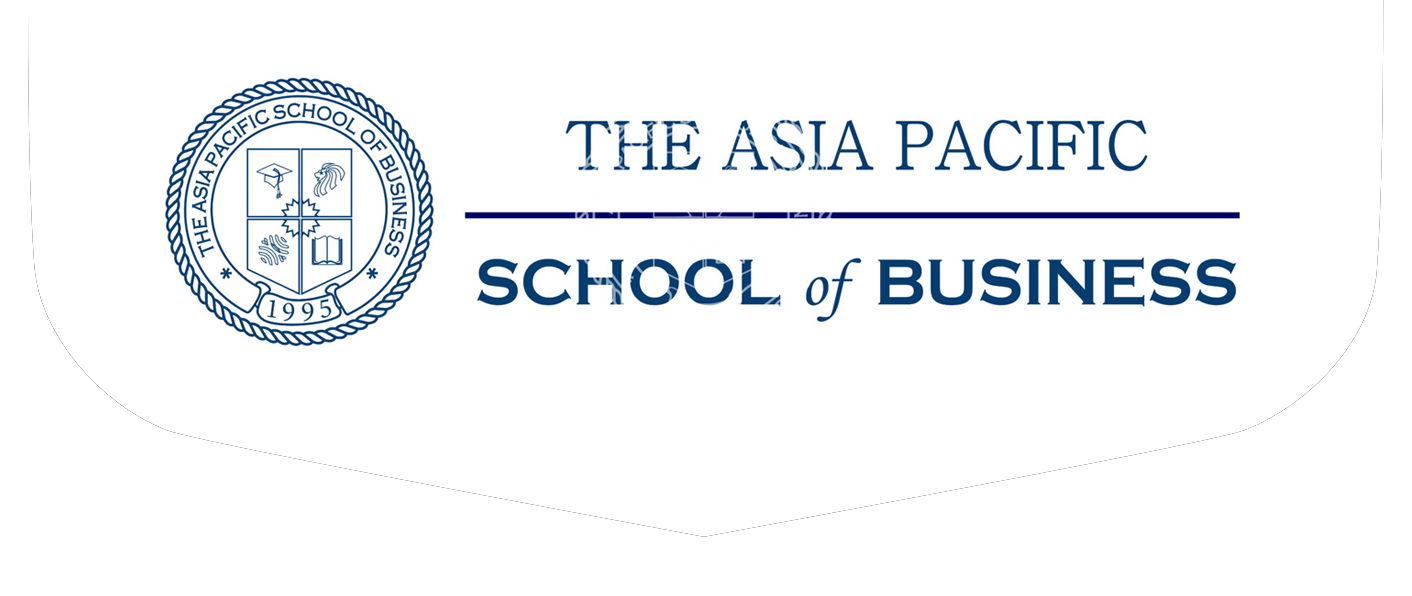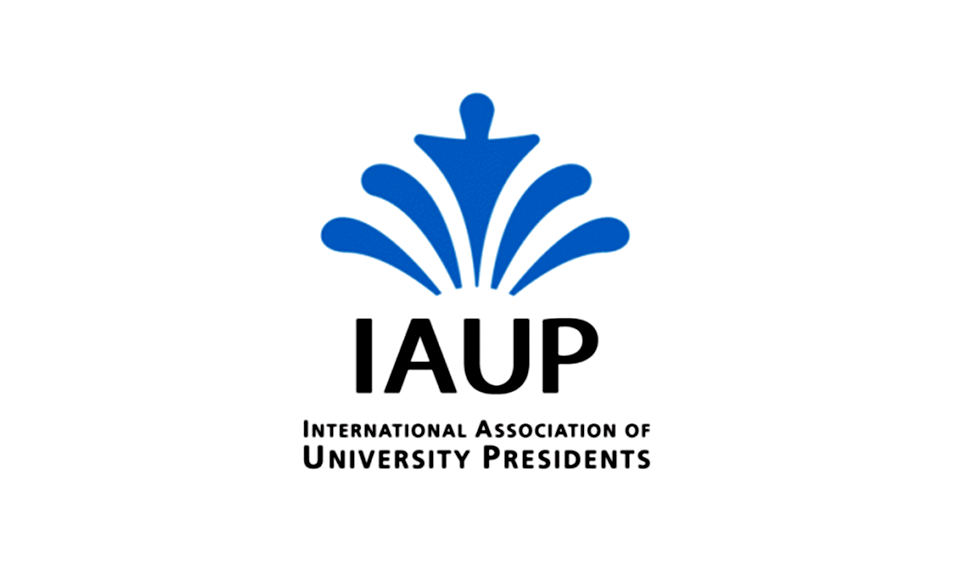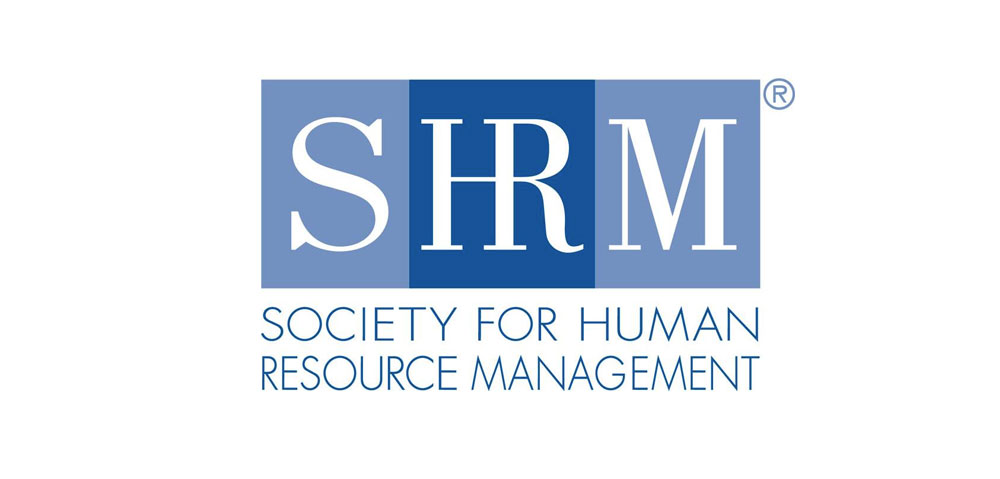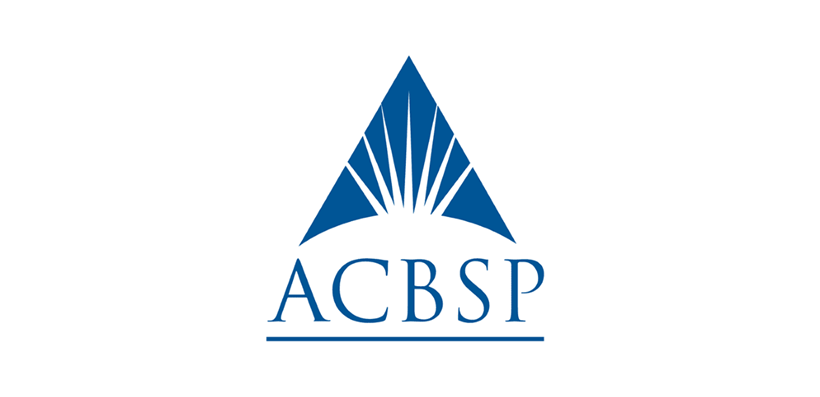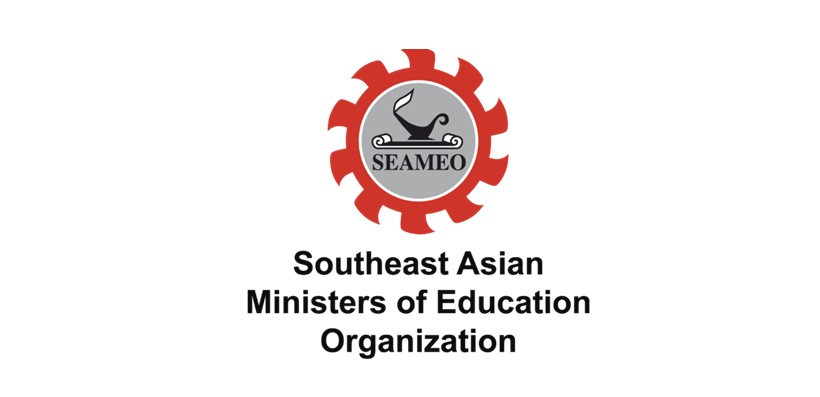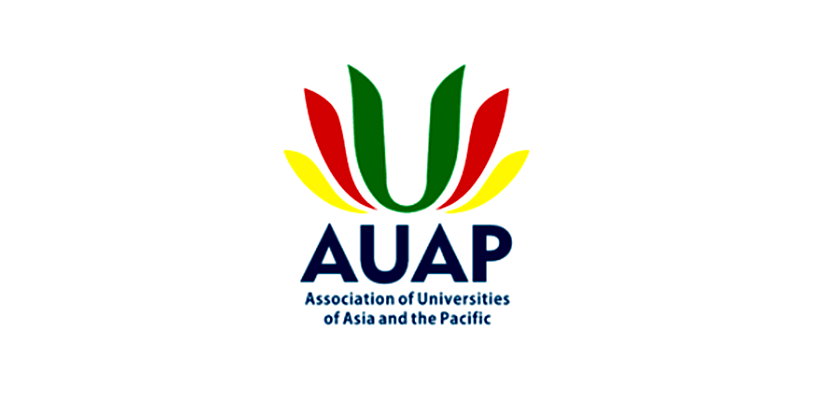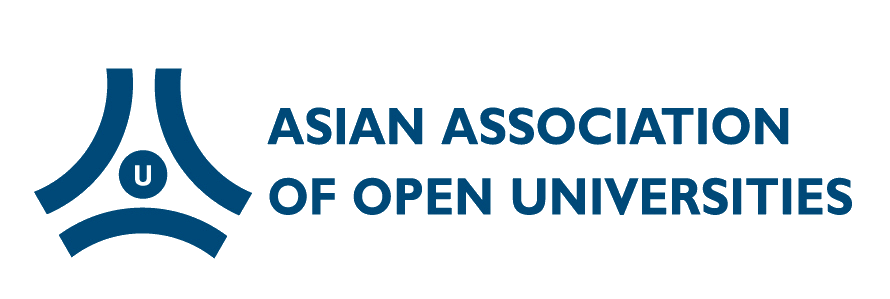Events
Announcement of Full Chinese-Medium Instruction at The Asia Pacific School of Business

Announcement of Full Chinese-Medium Instruction at The Asia Pacific School of Business
I. Background and Purpose
Since its establishment in 1995, The Asia Pacific School of Business (APSB) has consistently upheld the educational philosophy of "Integrating Eastern and Western Knowledge, Merging Theory with Practice." As a registered institution of higher learning under the Ministry of Education in Singapore, APSB has obtained 12 international accreditations, including ACBSP, IACBE (USA) and AMBA&BGA (UK) etc. and is a core member of the United Nations Academic Impact (UNAI). The School has established an extensive global education network spanning 43 countries.
In response to the growing influence of the global Chinese-speaking economic sphere, and in alignment with the needs of both the Chinese diaspora and international students, the APSB Board of Trustees has carefully deliberated and decided to fully implement Chinese-medium instruction starting in the 2026 academic year. This initiative aims to:
Strengthen academic ties with Chinese-speaking societies and cultivate business leaders proficient in Mandarin
Serve the economic and cultural exchange needs of global Chinese communities
Provide international elites aspiring to engage with the Chinese market with a linguistic and cultural bridge
II. Objectives and Strategic Positioning
(A) Core Objectives
Educational Mission: Within three years, establish APSB as the most influential Chinese-language business education platform in the Asia-Pacific region, cultivating a new generation of managers who understand Chinese business civilization and possess a global strategic vision.
Academic Development: By 2028, complete the development of Chinese-language textbooks for all core courses and establish a teaching resource library containing 500+ localized business cases.
Talent Output: By 2030, achieve a 75% employment rate for graduates in Chinese-speaking economic zones, with 40% of alumni holding management positions in multinational corporations' Asia-Pacific operations.
(B) Distinctive Positioning
Unlike traditional Chinese-language institutions, APSB will maintain its "International Core with Chinese Medium" approach:
Faculty Composition: Maintain 40% foreign faculty, while ensuring teaching quality through mandatory Chinese language training
Student Body: Maintain a balanced ratio of 6:4 between Chinese students and international students aiming to engage with Chinese-speaking markets
Accreditation Standards: Strictly adhere to ACBSP, IACBE and AMBA&BGA guidelines, ensuring Chinese-language courses meet international business education benchmarks
III. Academic Assurance System
(A) International Accreditation Foundation
As one of the few business schools globally to hold the "Triple Crown" accreditation, APSB has established a robust cross-border quality assurance mechanism:
Accrediting Body Scope of Accreditation Support for Chinese-Medium Instruction
ACBSP Curriculum quality, faculty standards, learning outcomes assessment Permits non-English instruction, provided language proficiency and course equivalency reports are submitted
AMBA&BGA MBA program quality, graduate impact Evaluates localization effects via the Continuous Impact Model (CIM), emphasizing cultural adaptability
UNAI Academic ethics, social responsibility Supports the dissemination of UN Sustainable Development Goals in local languages
(B) Academic Collaboration Network
Through the following international platforms, APSB ensures globalized teaching resources:
Credit Transfer Agreements: Maintain dual-degree partnerships with 30+ institutions, including the University of California and Hanoi National University
Textbook Development: Collaborate with Peking University Guanghua School of Management to establish a Chinese-language Business Case Center
Faculty Exchange: Regularly deploy faculty to NUS Chinese EMBA programs for professional development
IV. Curriculum Implementation Plan
(A) Phased Rollout Strategy
Phase Timeline Key Tasks
Transition Q4 2025–Q2 2026 Bilingual instruction, establish Chinese-language teaching assessment system
Transformation Q3 2026–Q4 2027 Full Chinese coverage of core courses, complete ACBSP language policy filing
Maturity From 2028 Comprehensive Chinese-medium instruction, implement dynamic curriculum updates
(B) Signature Course Modules
Cultural Foundations: Chinese Business Ethics, History of Overseas Chinese Entrepreneurship in ASEAN, Comparative Eastern and Western Management Philosophy
Applied Training: Developed in collaboration with firms like Geely Group, including Cross-Border M&A Simulations and Chinese Business Negotiation Workshops
Language Support: Establish the Business Chinese Enhancement Center, providing HSK Level 6 preparation
V. Quality Assurance Measures
(A) Faculty Development
Language Certification: All faculty must pass the Test of Chinese as a Communication Language (TCCL) by 2026
Pedagogical Innovation: Introduce case-based learning and business simulations to ensure engagement of non-native students
Evaluation Mechanism: Conduct anonymous student feedback surveys and allocate teaching improvement grants
(B) Student Support
Tiered Instruction: Implement small-group teaching based on HSK proficiency
Academic Assistance: Provide bilingual teaching assistants and one-on-one mentorship
Cultural Integration: Organize company visits and overseas Chinese chamber events
VI. Expected Impact
This reform will generate multidimensional value:
Cultural Exchange: Annually export 200+ localized business cases to international students, promoting globalization of Chinese business wisdom
Academic Innovation: Expected to produce five international research outputs, including The Chinese-Language Business Education Quality Framework
Social Benefits: Train 3,000+ bilingual (Mandarin-English) management talents for the Belt and Road Initiative
APSB will continue to submit progress reports to ACBSP and other accrediting bodies and welcomes public oversight. We are confident that the implementation of Chinese-medium instruction will revitalize global business education and build a stronger bridge between Chinese-speaking societies and the international community.

Chairman of Rotating
Board of Trustees of The Asia Pacific School of Business
August 20, 2025
